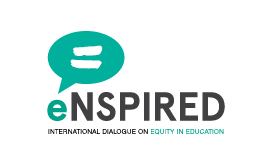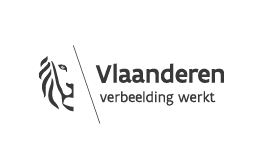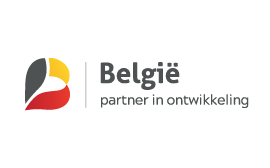eduSHARE from Suriname | Sound gestures
In Suriname, young children are introduced to the letters of the alphabet through sounds and sound gestures. This approach surprised and inspired Merel Homblé and Lotte Tack, two education students from VIVES University of Applied Sciences, during their international internship.
Sound gestures in early childhood education
Merel and Lotte discovered that sound gestures are widely used in both the second and third preschool classes, as well as in the first year of primary school. This method helps young children correctly learn to pronounce and recognise the sounds and corresponding gestures. This visual aid later supports them in learning to write.
The use of sound gestures offers various benefits:
- Improved left-right orientation:
Children learn to recognise the difference between left and right from an early age. - Support non-native speakers:
Children with a different home language can visualise the letters more quickly and easily automate the corresponding sounds. - Enhancement of hand-eye coordination:
The use of sound gestures promotes hand-eye coordination. - Daily repetition:
Regular repetition helps learners to remember and apply the sounds and gestures effectively.
‘We want to inspire early childhood teachers in Flanders to teach sounds and sound gestures from an early age, making the transition to learning to read and write in the first year of primary school a bit easier. Therefore, we created a clear and playful video where children can recognise the sounds and sound images in the form of a song. Teachers can also see which sound image corresponds to a particular sound.
– Merel Homblé and Lotte Tack




